The lights go out, the Wi-Fi drops, the laptop freezes, and work grinds to a halt. For Gauteng’s growing remote-working population, this scenario has become part of daily life. Rolling blackouts and load-reduction timetables continue to disrupt routines across the province, pushing professionals and small business owners to find smarter, sustainable ways to stay productive when Eskom’s grid gives in.
Thank you for reading this post, don't forget to subscribe!Yet resilience defines Gauteng’s spirit. From Soweto home offices to Sandton boardrooms, residents are learning to take back control of their workspaces. Creating a mini office that stays powered during an outage isn’t a luxury; it’s survival. With the right setup, your business can keep running long after the lights go out.
ALSO READ: Affordable Power Solutions: 7 Low-Cost Gadgets Every Gauteng Home Should Have
Understanding the Challenge
South Africa’s power crisis has loomed for more than a decade, and Eskom’s infrastructure strain shows no sign of easing. For small and medium-sized enterprises — the backbone of Gauteng’s economy, every blackout translates into lost time, money, and momentum.
Building a load-shedding-proof workspace takes planning, investment, and a bit of creativity. Here’s how to make it happen.
1. Power Foundations: Backup Electricity That Keeps You Working
Uninterrupted Power Supply (UPS)
Start with the basics of a UPS. It’s your first layer of protection against a power outage, giving you enough time to save your work, shut down properly, or power small essentials. Compact 600VA–1,000VA UPS units can run a Wi-Fi router and laptop for up to two hours, which is enough to complete urgent tasks or meetings.
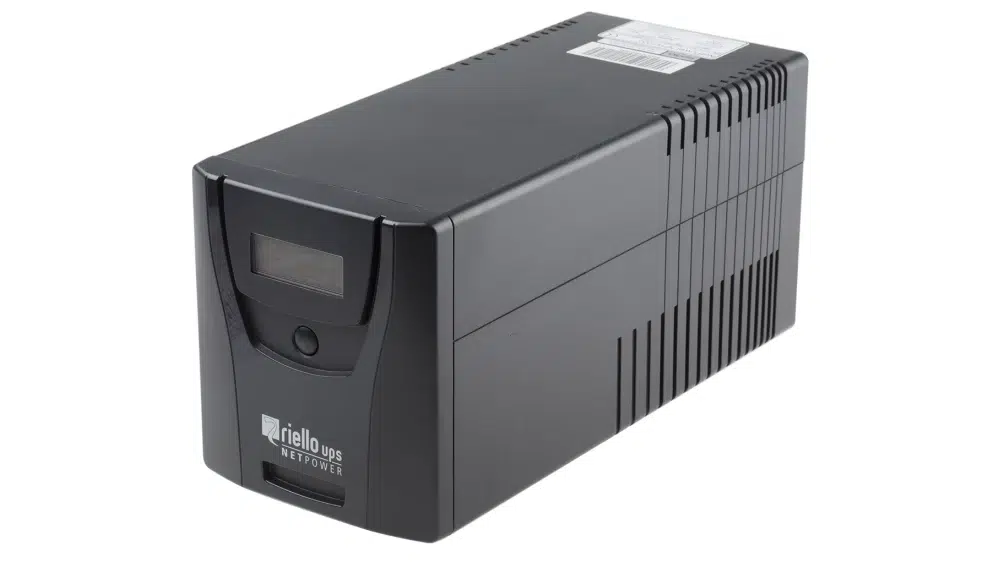
Inverter Systems
For longer power continuity, an inverter is essential. It converts stored DC battery power into AC electricity, keeping your workspace running seamlessly. A 3kW inverter can power a laptop, router, lights, and chargers for several hours. Larger systems, between 5kW and 12kW, can sustain small appliances and multiple devices.
A professionally installed inverter also stabilizes current, protecting sensitive equipment from surges. Always have a qualified technician assess your energy load before installation to avoid costly mistakes.
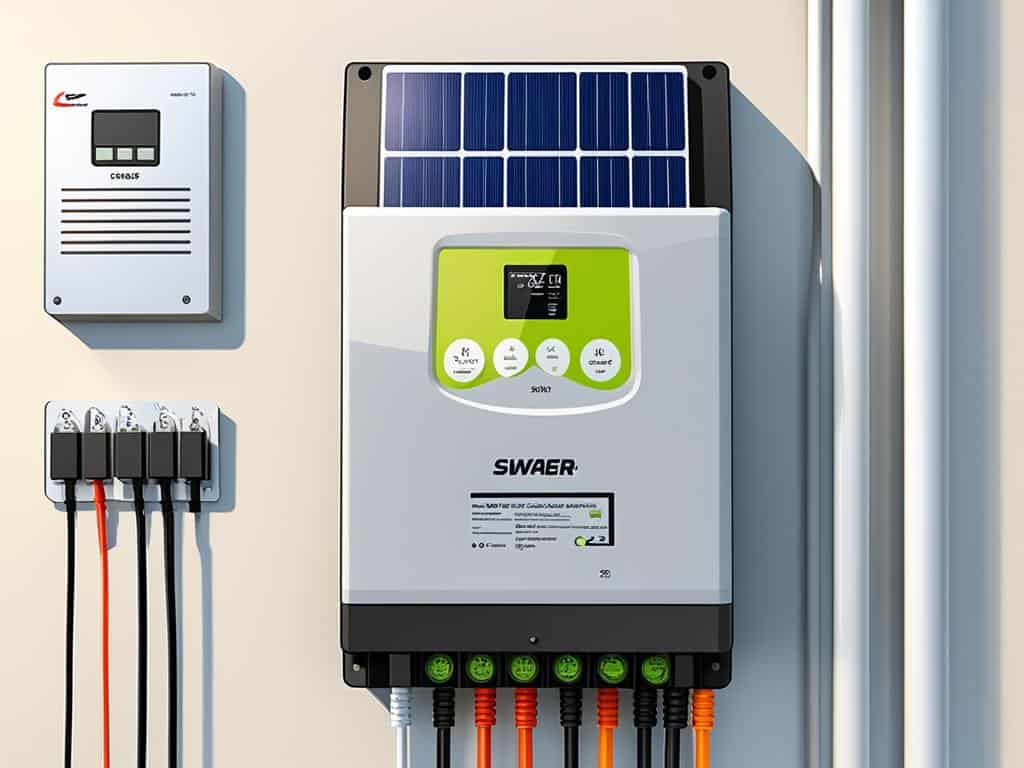
Generators
If your work demands heavier power consumption or longer uptime, a generator remains a practical option. Petrol and diesel models range from R2,000 for 650W units to around R30,000 for 5kW models that can support entire households.
A generator can keep your computers, lights, and even a small fridge running during a power outage, but noise, maintenance, and fuel costs should be factored in. A soundproof enclosure can make home setups more neighborhood-friendly.
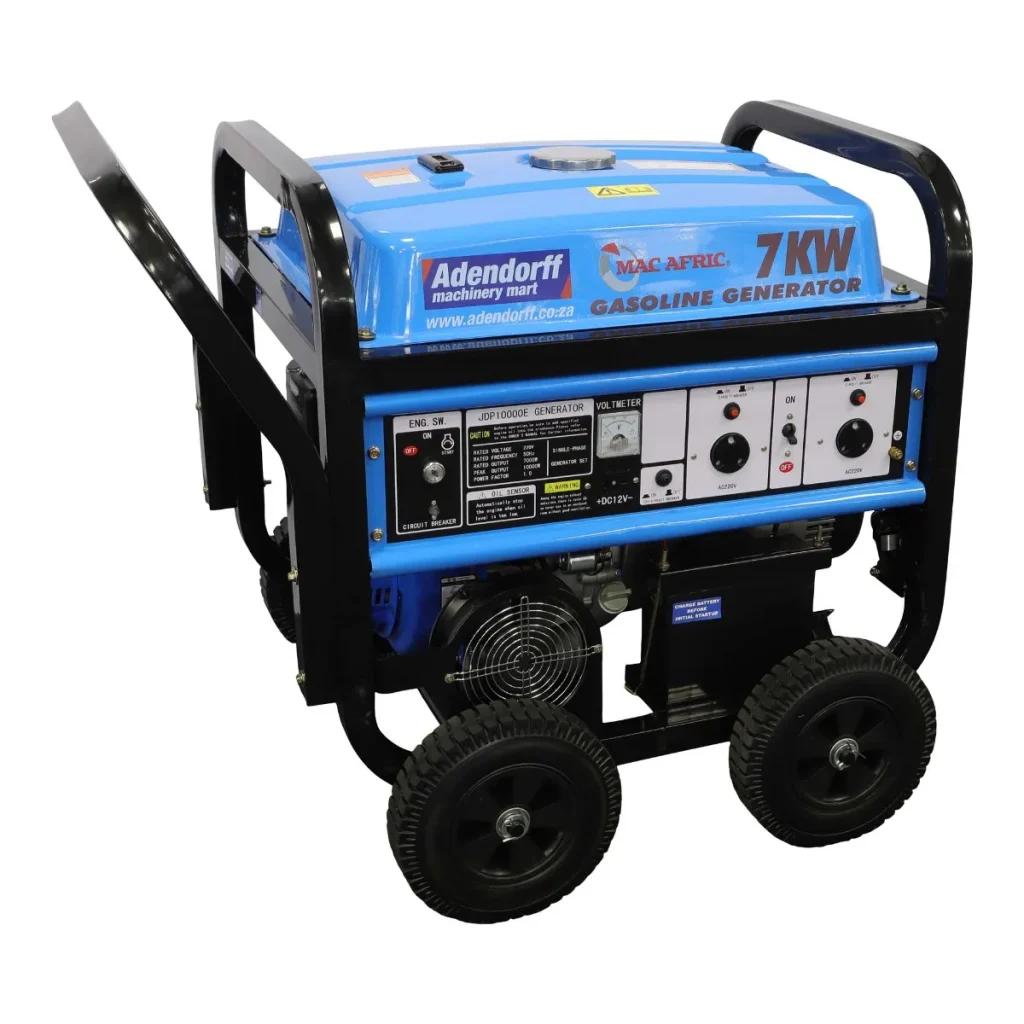
Solar Energy Systems
Solar power is fast becoming Gauteng’s most affordable long-term energy solution. With year-round sunshine, even a small solar system can reduce your reliance on Eskom’s grid. Entry-level setups can power laptops, routers, and lighting, while larger ones can handle full household needs.
Since March 2023, businesses can deduct 125% of solar installation costs under Section 12B, a major incentive for SMEs. As panel prices drop, solar energy is no longer a luxury for the wealthy but a smart investment for anyone tired of darkness.
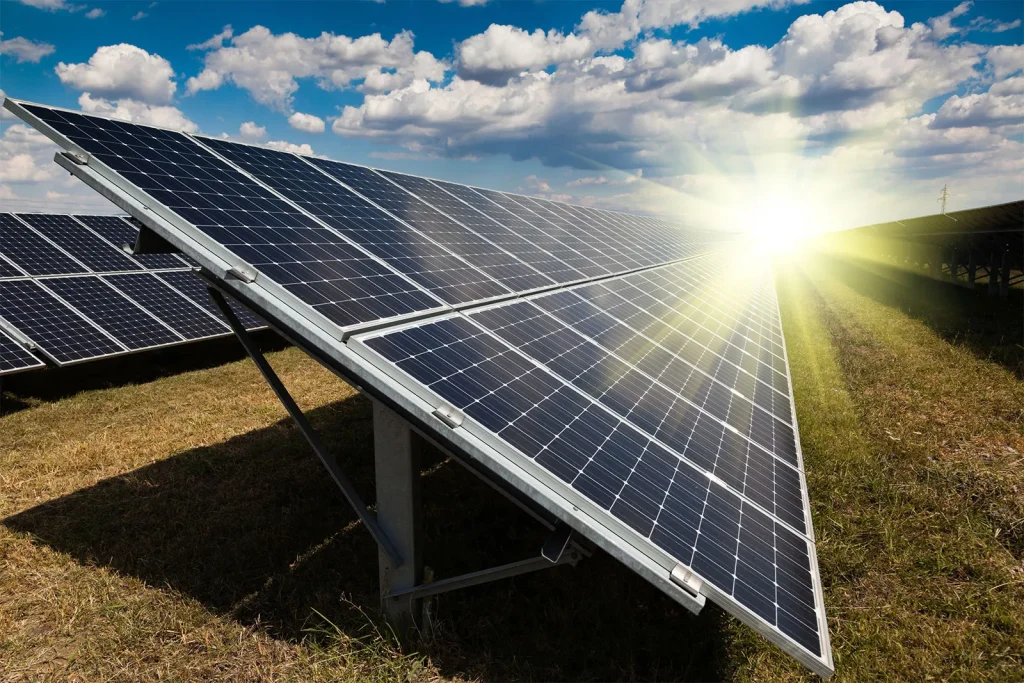
2. The Essentials: What Every Mini Home Office Needs
Laptop and Power Bank
At the heart of every load-shedding-ready setup is an energy-efficient laptop. Laptops consume far less power than desktops and can run for hours on internal batteries. Pair yours with a high-capacity power bank (at least 20,000 mAh) that can recharge your phone or even your laptop during extended outages.
Power banks ranging from R150 to R400 can charge multiple devices, ensuring you stay connected for calls, emails, and hotspot access even during Stage 6.
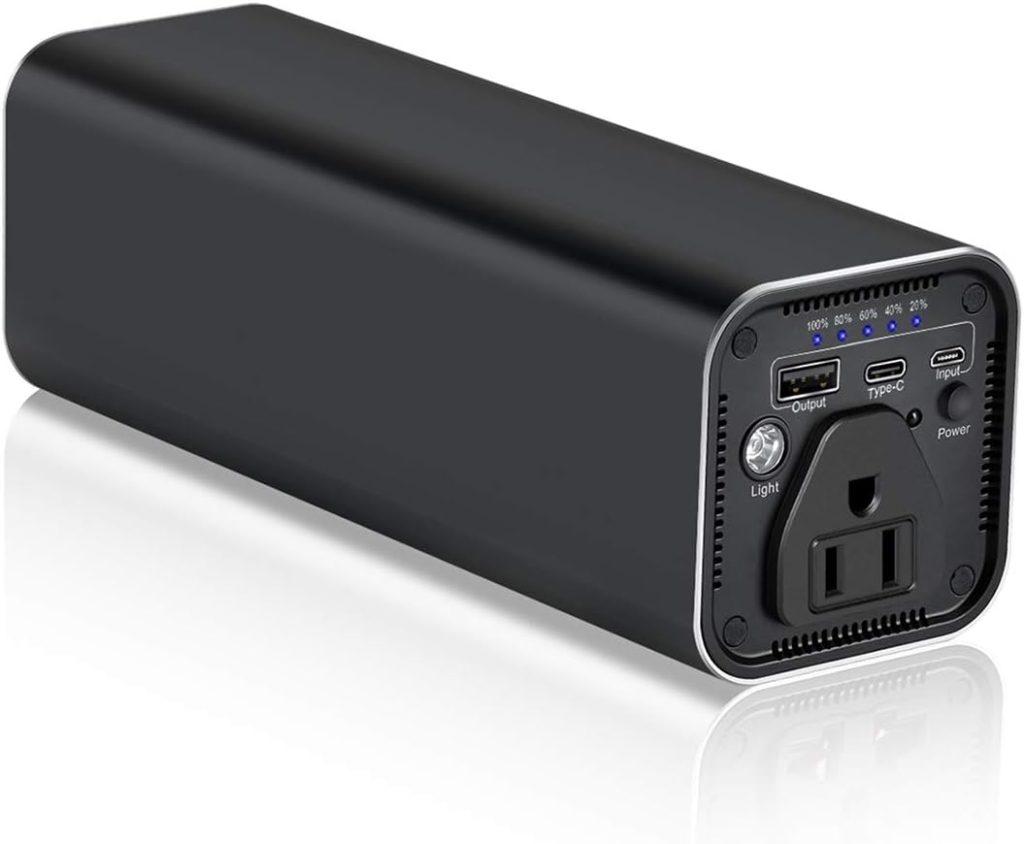
Lighting That Lasts
Rechargeable LED lamps or strip lights are small investments with big payoffs. They’re bright, efficient, and affordable; most models cost between R199 and R799 and last up to 10 hours on a single charge. Many also double as USB chargers for phones and small gadgets.
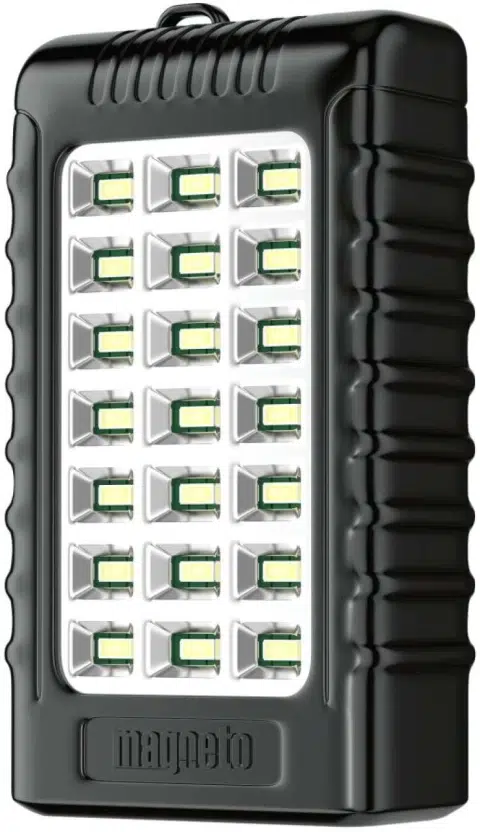
Connectivity and Communication
Reliable connectivity is the heartbeat of remote work. Keep a portable router or mobile hotspot connected to your inverter. Some professionals keep a second SIM card with prepaid data as backup for when fiber lines drop during outages.

3. Build Smart, Not Big
A resilient workspace isn’t just about equipment; it’s about how efficiently everything works together. Here’s how to make your setup more energy-smart:
- Use LED bulbs — they consume up to 75% less electricity.
- Work near windows to make use of natural light during the day.
- Charge smartly — fully charge all devices before expected outages.
- Switch to cloud-based tools that autosave progress during interruptions.
- Keep an offline workflow by downloading essential files and apps in advance.
When designed thoughtfully, even a modest home office can run for six to eight hours without external power.
4. Going All In: Embrace the Off-Grid Revolution
For those ready to go beyond temporary fixes, hybrid systems that combine solar panels, inverters, and battery storage can take your office completely off Eskom’s grid. While setup costs can start around R40 000, the long-term savings and reliability often make it worthwhile.
Many Gauteng professionals are already embracing shared solar networks in residential complexes and business parks. These collective systems lower costs and create shared power reliability a model that could redefine how urban South Africans consume energy.
Power the Change
Living and working through load shedding has tested the patience of many, but it has also revealed something deeper: the creativity and resilience of Gauteng’s people. Every UPS plugged in, every solar panel installed, and every inverter humming quietly in a back room tells a story of innovation born out of necessity.
Power cuts no longer have to represent a pause; they can represent possibility. When the lights go out, Gauteng doesn’t stop; it adapts. Across the province, entrepreneurs, freelancers, and families are proving that resourcefulness can outshine any blackout.
So if darkness falls again tonight, don’t wait for the grid to recover. Take charge of your own light — literally and figuratively. Build a workspace that thrives beyond the outage and keeps your goals illuminated.
Because in Gauteng, power isn’t only what flows through cables; it’s what drives its people forward.




